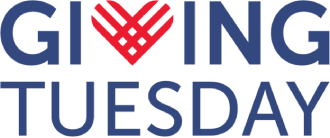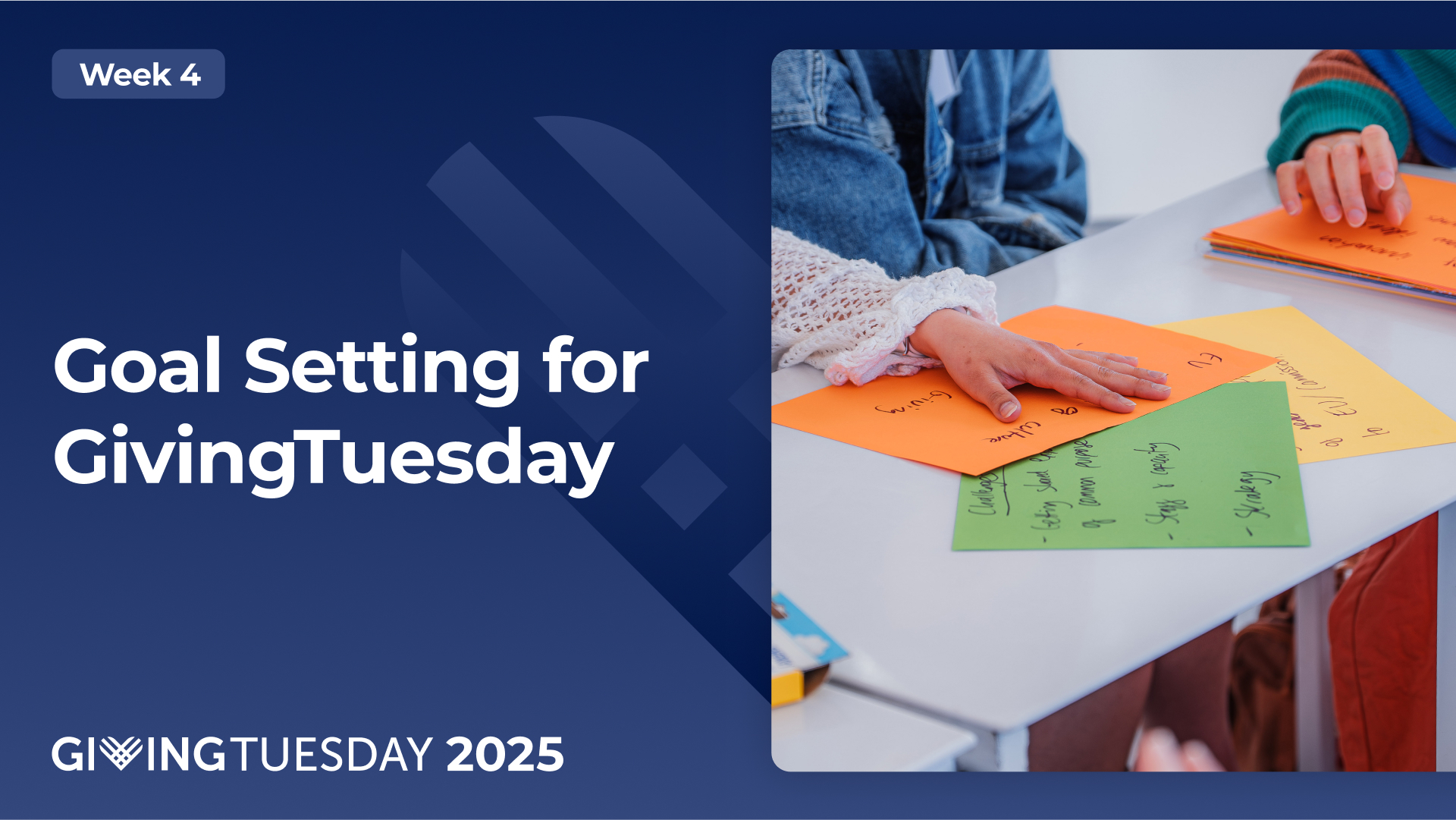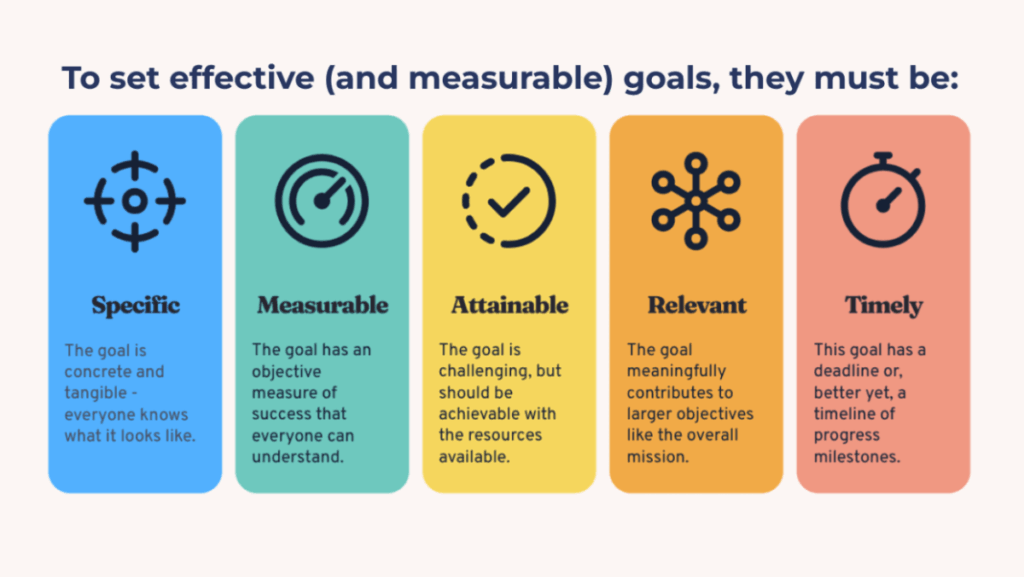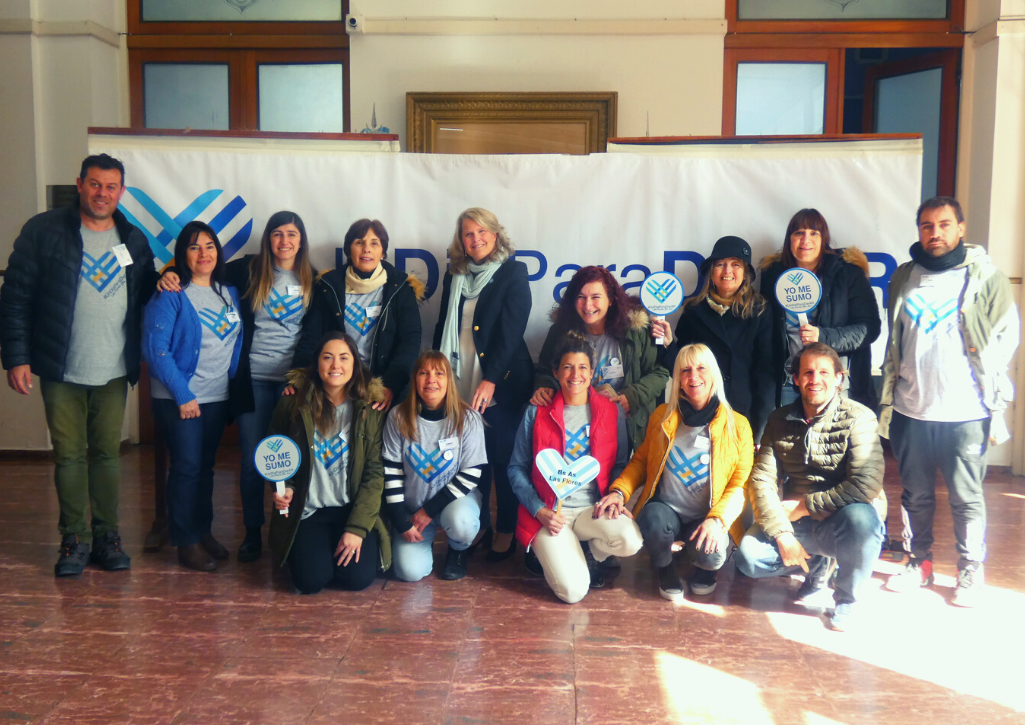If you believe it, you can achieve it.
Now, that might sound lofty or unrealistic—or maybe a little annoying—but it’s true! If you want to make your mission a reality or crush a fundraising goal, you need to get your goals in order, but above all believe in yourself.
In fact, research from a variety of sources shows that when you set a goal, write it down, and stick to your plan—success is far more likely. That sentiment certainly applies to planning for your GivingTuesday campaigns and year-end giving work. Setting a goal, or multiple campaign-based goals, grants focus to your workflow and will help better align your objective(s) of the campaign.
Knowing your goals ahead of time will also help you measure success against your milestones and timeline.
Before you dive into goal-setting for your 2025 GivingTuesday campaigns, let’s touch on why goal-setting matters and go over a few best practices.
Why does goal-setting for GivingTuesday matter?
It’ll be difficult for you to effectively boost awareness, assemble volunteers, and rally more support if you don’t know what success looks like. The benefits of goal-setting are endless, here are a few to keep in mind.
Setting a goal will help:
- Direct your efforts towards top priorities, from high-level organizational mission
- Show results to donors and givers who trust you to lead in community giving
- Report success to your board/stakeholders with concrete numbers and stories
- Assist partner organizations by sharing what works and providing benchmarks
- Make the case for future funding, program expansion, and new campaigns
- Track the impact of your campaign in your community and area year-over-year
Organizations often exceed their expectations when they set SMART goals (Specific, Measurable, Attainable, Relevant, and Timely) that give their team and supporters something to rally around. This is true of course in day-to-day work, not just when setting GivingTuesday-related goals.
Samuel Garland, project coordinator at GivingTuesday who supports initiatives like our Community Campaign Accelerator Cohort, compiled his top tips for what makes an effective SMART goal and details how you can extend your strategic plans beyond the most generous day of the year into your year-end giving season.
Add (SMART)IES to your goals for a bigger impact
- Inclusive: Ask yourself, “Will this reach new people, not just your usual supporters?” To best inform your goal-setting, consider sourcing input from community partners who are most impacted by asking specific questions to gauge need and impact.
- Equitable: Ask yourself, “Does this goal prioritize organizations or projects that often get overlooked?” Prioritize how this goal could reduce disparities in access or outcomes.
- Sustainable: Ask yourself, “Can this goal or its impact be maintained or grown over time?” Measure how this goal can help benefits continue after your campaign ends.
Choose the right metrics for your SMART goals
- Take stock of your available data (social media, site, newsletter, previous campaign presentations, etc) and compare year over year.
- Planning prompts: How much money did you raise last year? How many donors gave? What were the most helpful metrics?
- Don’t reinvent the wheel. You can build on systems you already use and relationships you already have.
- Planning prompts: Review successful pieces of content and campaigns from years prior and determine what is replicable and relevant for this year’s campaign.
- Think about which audiences you are trying to reach. Fine-tune your targets and make decisions on who to not target based on your data.
- There’s a ton of available information out there on your audience’s demographics. From social media to the web, you can find out who your audience is and where they’re coming from. Use that to inform your tone and goals.
- Don’t just throw spaghetti at the wall. Focus on 3-5 priority metrics rather than tracking everything.
- You’ll get more accurate data without overloading your plate. Be specific and intentional, and you will actually process and use the information you are collecting.
Keep your measurement going beyond GivingTuesday
- Create a simple documentation workflow: This will allow anyone to pick up from where you left off and establish a templatized approach to how your organization can make the most of GivingTuesday.
- Build out your annual review process into an existing one: No one wants another meeting. Look at your current calendar and see how you can add in checkpoints for GivingTuesday planning during a check-in that’s already on the calendar.
- Plan for sustainable growth: Generosity goes beyond GivingTuesday. Make that clear to your team and help train your team or a few volunteers on how you can track relevant metrics throughout the year. This will help improve your planning for the next campaign.
Once you’ve outlined your SMART goals, tacked on your IES, and delegated what you can—you’re ready to debut your GivingTuesday campaign on December 2! Generosity is easy, don’t overcomplicate it! We’ve found that communities who simply participate in GivingTuesday see higher rates of giving, including volunteerism. That’s because 86% of people who are aware of the day say it has inspired them to give—and give more.
Don’t miss the chance to boost awareness, rally volunteers, and grow support on the most generous day of the year. Don’t let myths and misconceptions hold you back, make your GivingTuesday campaign count!





